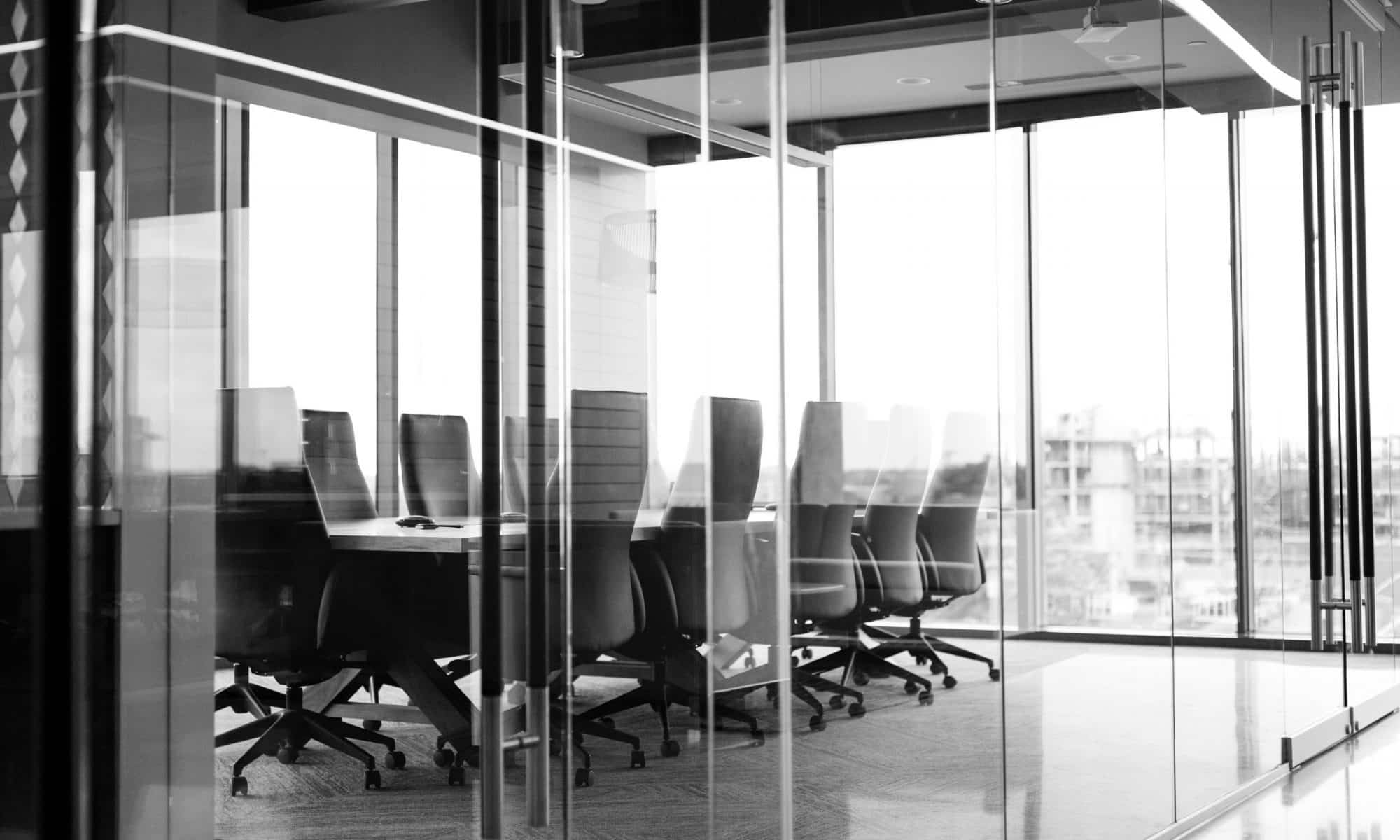Vehicle injured guard which has resulted in a meat production company being fined £440,000. The security guard at an abattoir was seriously injured by a vehicle passing through the site gate.
The 63-year-old security guard, who was working for an independent security company, was on duty at the gated entrance of the Dunbia (UK) abattoir at Hatherleigh, near Okehampton, Devon early on the morning of November 29, 2018.
Her duties included operating the gates to allow delivery vehicles to enter and exit the site. She sustained serious leg and head injuries requiring surgery when she was hit by a vehicle towing a trailer leaving the site. She was holding the gate open at the time.
An investigation by the Health and Safety Executive (HSE) found that the system of work was unsafe and that the company’s risk assessments did not extend to the security guards. Risks had not been adequately assessed or controlled.
Although there was a high volume of vehicle movements on site there was no segregation between the vehicle routes and pedestrians on site.
Dunbia (UK), of Castle Street, Exeter, pleaded guilty to breaching Section 3(1) of the Health & Safety at Work etc. Act 1974. the company was fined £440,000 and ordered to pay costs of £27,016 and a victim surcharge of £170 at Plymouth Magistrates Court on 12 October 2022.
“Employers have a legal duty to ensure that the health and safety of their employees, contractors and members of the public are not put at risk.
“This incident could have been avoided had the company assessed the risks from vehicle movements and implemented safety measures including segregating vehicles and pedestrians.”
HSE inspector Victoria Buchanan

Vehicle Safety
When considering the risks from vehicle manoeuvring, employers must ensure that vehicles have large enough windscreens (with wipers where necessary) and external mirrors to provide an all-round field of vision. It is often worthwhile adding extra mirrors to reduce blind spots for drivers. Side mirrors can allow drivers of larger vehicles to see cyclists and pedestrians alongside their vehicles and can be effective in improving visibility around the vehicle from the driving position. These mirrors are fitted to larger road-going vehicles as standard.
Drivers should not place items in the windscreen area or in the way of mirrors or monitors, where they might impede visibility from the driving position. The area of the windscreen that is kept clear by the wipers should not be obscured, and nor should the side windows. Windows and mirrors will also normally need to be kept clean and in good repair. Dirt or cracks can make windows or mirrors less effective.
Some types of vehicles (such as straddle carriers, large shovel loaders and some large quarry vehicles) often have poor visibility from the cab. Visibility can be poor to the side or front of a vehicle as well as behind and loads on vehicles can severely limit the visibility from the driving position.
Lift trucks and compact dumper vehicles in particular can have difficulty with forward visibility when they are transporting bulky loads. Employers should recognise these risks in their risk assessment and think about ways to minimise them.
Vehicle CCTV
Closed-circuit television (CCTV) may help drivers to see clearly behind or around the vehicle. CCTV can cover most blind spots and the cost of fitting CCTV systems has fallen since the technology was first developed. Companies who have fitted CCTV have found that it can reduce the number of reversing accidents, so the systems usually pay for themselves in a few years.
Colour systems can provide a clearer image where there is little contrast (for example, outside on an overcast day). However, black-and-white systems normally provide a better image in lower light or darkness, and usually come with infra-red, which can be more effective than standard cameras at night.
Monitors should have adjustable contrast, brightness and resolution controls to make them useful in the different light conditions in which they will be used. Drivers may need to use a hood to shield any monitor from glare.
If possible, fit the camera for a CCTV system high up in the middle of the vehicle’s rear (one camera), or in the upper corners (two cameras). This will provide a greater field of vision and a better angle for the driver to judge distance and provide. It also keeps the camera clear of dust and spray, and out of the reach of thieves or vandals.
However, CCTV systems do have some limitations which employers should consider:
- If the vehicle leaves a darker area to a more strongly lit area (for example, driving out of a building) the system may need time to adjust to the brightness.
- A dirty lens will make a camera much less effective.
- Drivers may find it difficult to judge heights and distances.
Drivers should not be complacent about safety even with CCTV systems installed. They should be trained in proper use of the equipment and employers have a duty to provide such training and instruction.
Vehicles Reversing
Reversing alarms may be drowned out by other noise or may be so common on a busy site that pedestrians do not take any notice. It can also be hard to know exactly where an alarm is coming from, and people who are less able to hear are also at greater risk. Alarms can also disturb nearby residents. However, reversing alarms may be appropriate (based on the risk assessment) but might be most effectively used with other measures, such as warning lights.
Additional advice on transport safety can be found in the HSE Guide to workplace transport safety (HSG 136, 2014) which is available free on the website.
If you require health and safety advice or support for your business, please contact one of the Ashbrooke team.
